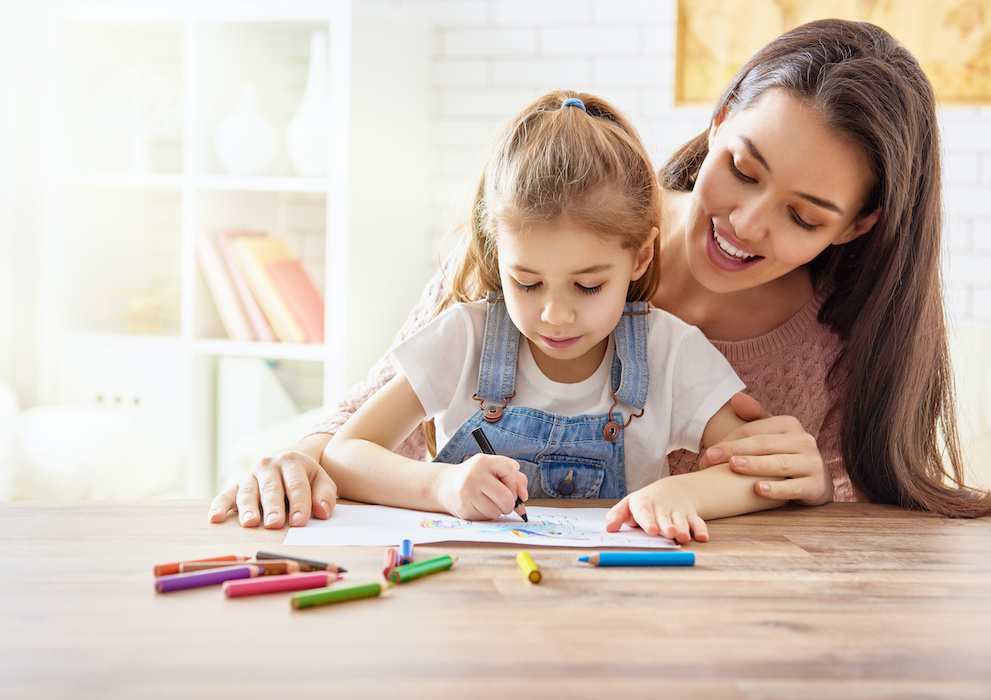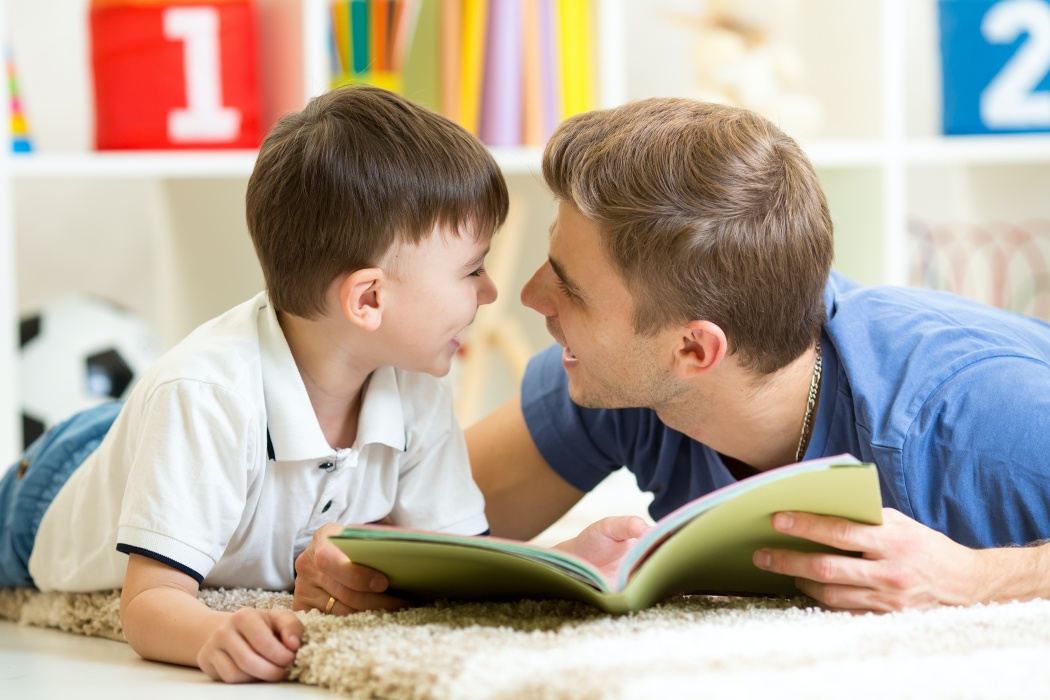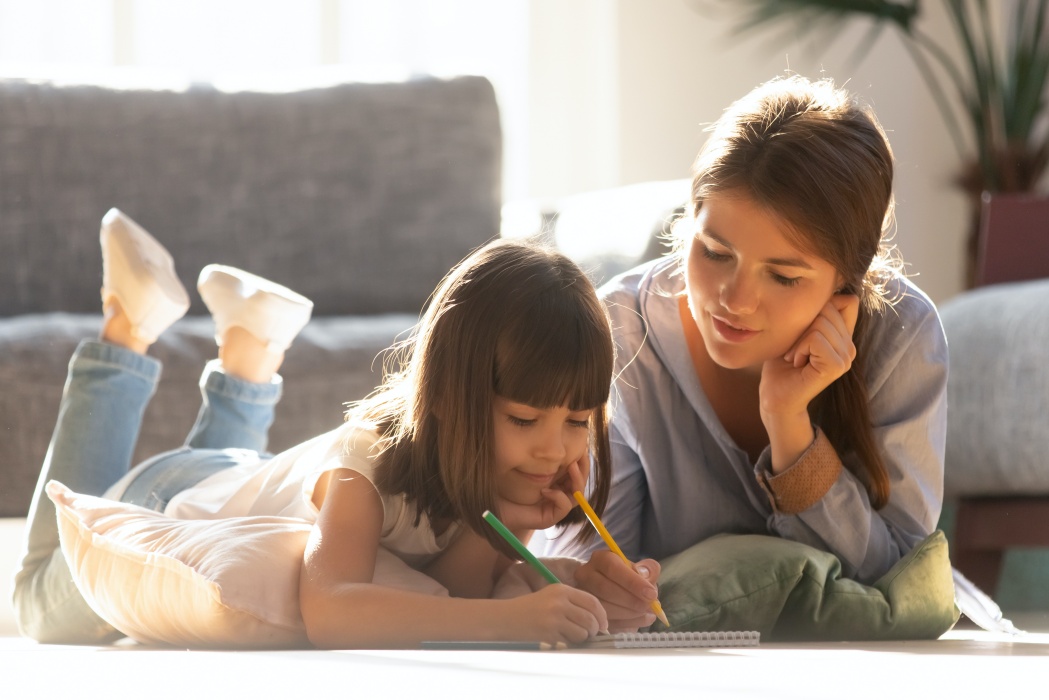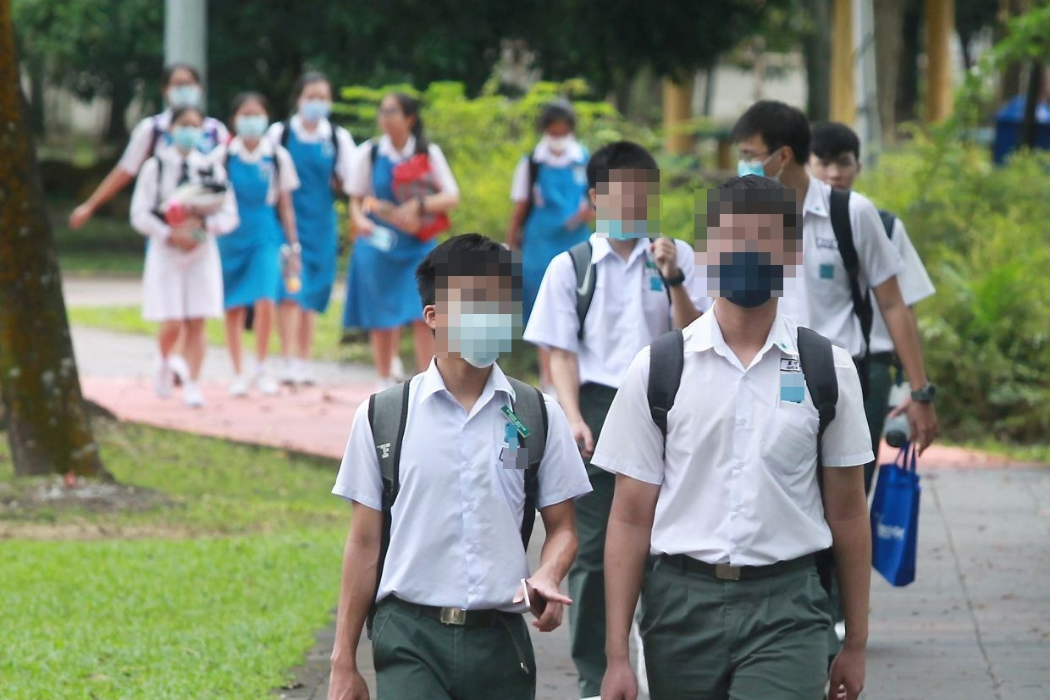Researchers have made many contributions to the understanding of how children make meaning using non-print resources such as drawing and speech. However, children are expected to move from these non-print resources to traditional print (only texts).
For early educators, it is important to understand how young children make meanings using various modalities all through their learning be it at home as well as school. Pahl (2002) presents a study that focuses on the concept of home pedagogy as a vital and profound process which is made up of the games children play, drawings, reading activities and more.
We need to understand the connection between homes and schools, where young children’s literacy competence is acquired.
Let me invite you to consider the children’s meaning-making resources and use of literacy as a social practice. These are some of the possible literacy practices/activities which can be used by school-age children and their families.
Talking activities
Thurman (2017) claimed that the interactions parents have with their children construct the foundation for learning skills. These interactions can take place through play, reading, and conversations.
“The important thing is not just to talk to your child, but to talk with your child. It’s not just about dumping language into your child’s brain, but to actually carry on a conversation with him,” said Dr. Rachel Romeo (2018).
Talking to your child is an important way of bonding. Talking also prepares your school-aged children with the essential skills for building healthy relationships, while also imparting critical social skills. Talking to your child is the best approach to introduce him/her to new words.
- Play word games that encourage your child to learn sounds. For instance, ‘I spy with my little eyes something beginning with s. What do you think I am looking at that starts with s sound?’
- Talk about something in the past. Invite your child to tell you something they enjoyed doing at school/home that week, talk about their previous school trip or tell you about the movie he/she watched recently. This will help you gain a more in-depth understanding of your child. Talking about the past will establish firm boundaries for the child’s behaviour and teaches them to be more responsible.
- Talk about the future. Tell your child what you are going to do for the next few days or on the weekend or the coming school holidays. Talking about the future initiates children to solve their problems through discussion and planning to achieve a desired goal. Regularly sharing thoughts with your child will also allow she/he to voice out opinions. MIT (Massachusetts Institute of Technology) cognitive scientists found that conversation between an adult and a child appears to change the child’s brain’s physiology and language skills.

Drawing and writing literacy activities
Dr. Seuss, a famous author of children’s storybooks, wrote “words and pictures are yin and yang. Married, they produce a progeny more interesting than either parent.”
Many research studies claim that drawing and writing literacy activities make children more expressive and develop fine motor skills. Symbols can support the development and building of vocabulary. Symbols can also be a transition tool to be used towards printed texts.
Here are just some of the activities that you can do with your child:
- Get your child a sketch book. Ask your child to draw, with a word on one side of the page, and a picture of that word on the other side.
- Encourage your child to write shopping lists and draw restaurant menus for pretend play.
- Encourage your child to write his/her name and the names of other family members in greeting cards or on pictures they draw.
- After reading a storybook, encourage your child to draw his/her favourite character or favourite object from the book.
Reading / book-based activities
Using Australian data, Kalb & van Ours (2014) found that parental reading to children has positive and significant effects on reading skills and cognitive skills (including numeracy skills).
Dr. Seuss also said, “you’re never too old, too wacky, too wild, to pick up a book and read to a child.”
Children’s word‐reading accuracy and fluency is associated to aspects of the family environment that children grow up in. For instance, frequency of parents reading to their children and availability of reading material at home.
Reading and sharing stories can help your child get to know letter sounds, words, language, and develop early literacy skills. Reading also assists cognitive development, develops empathy, comprehends deeper understanding, and builds stronger bonding.

Here are some ideas that you can do with your child to support his/her literacy through reading:
- Read stories and then talk about them. Ask your child questions like, ‘Who was your favourite character? And why?’ or ‘What was your favourite part of the story?’ or “What ending would you like to have if you are the writer of the story?” or “ Which is your favourite picture?”
- Take turns reading. You could read half the page while your child reads the other half. You could also point out single words here and there for your child to sound out. Encourage sound blending for tricky words.
- Ask your child to make a little storybook and have your child draw some pictures related to the story. Help your child write the words or at least some of the letters in the story or perhaps help you child with sounding out some difficult words.
- When you are out and about, ask your child to pick out or sound out letters or words on billboards, street signs or items at the supermarket.
Literacy is not print alone; and meaning is represented in multimodality. This means there are different forms of texts which are appropriate for school-aged children either spoken, written or visual.
For many children, their first encounter with literacy education starts at home. For example, reading a book, telling a story or giving a chance to draw. In seeking this continuance and involvement, many educators empower parents to be partners in literacy.
“By bringing the children’s own practices, habits, and concrete life experiences of literacy at home into the classroom, they can build a connection between home literacy and school literacy.”- Dr Rahimah
It is best if parents could explore some rich literacy practices and representational resources, which can be used at home to facilitate and promote school-aged children’s literacy skills. By bringing the children’s own practices, habits, and concrete life experiences of literacy at home into the classroom, they can build a connection between home literacy and school literacy.
This means, if children’s literacy can be supported at home, a better ability to present their literacy in a classroom context can be deliberately translated.
About the Author
 Dr. Rahimah Saimin is a Senior Lecturer at Faculty of Major Language Studies (FPBU), Universiti Sains Islam Malaysia (USIM). She completed her PhD in Education from the University of Dundee, Scotland and presented her research and works in SERA (Scottish Educational Research Association) and BERA (British Educational Research Association). During her stay in Scotland, Dr Rahimah worked closely with nursery and primary school children as a researcher, as a parent, and as a volunteer. She also actively participated in playgroups and bilingual group activities at nursery schools and community centers while she was there. Upon her return to Malaysia, she aims to continue exploring her real passion further. That gives her the burning desire to share what excites her and what matters to parents and teachers out there. She’s also a mother and has three kids aged 14, 11 and 6 years old.
Dr. Rahimah Saimin is a Senior Lecturer at Faculty of Major Language Studies (FPBU), Universiti Sains Islam Malaysia (USIM). She completed her PhD in Education from the University of Dundee, Scotland and presented her research and works in SERA (Scottish Educational Research Association) and BERA (British Educational Research Association). During her stay in Scotland, Dr Rahimah worked closely with nursery and primary school children as a researcher, as a parent, and as a volunteer. She also actively participated in playgroups and bilingual group activities at nursery schools and community centers while she was there. Upon her return to Malaysia, she aims to continue exploring her real passion further. That gives her the burning desire to share what excites her and what matters to parents and teachers out there. She’s also a mother and has three kids aged 14, 11 and 6 years old.













